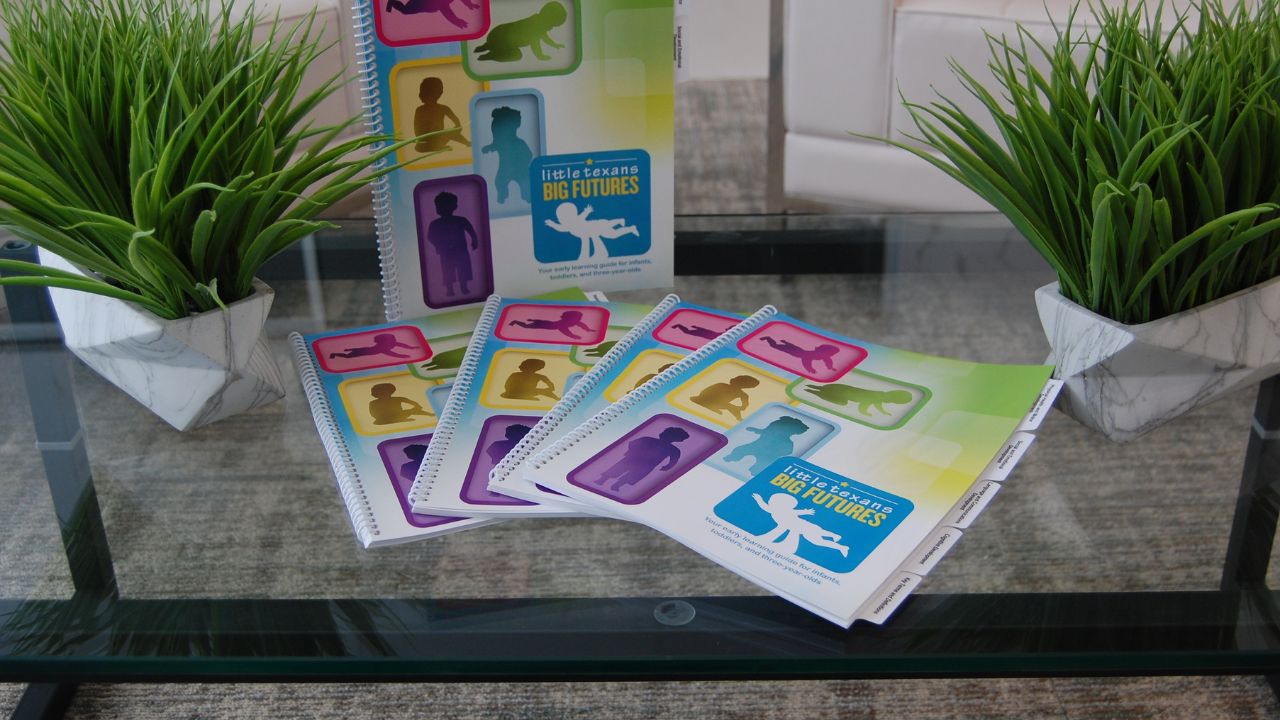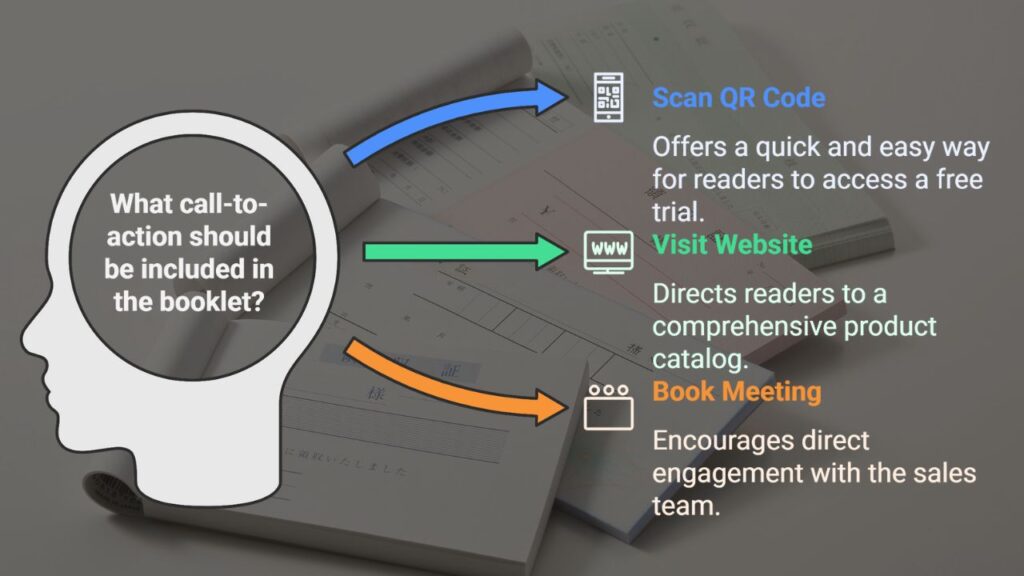Trade shows are all about first impressions, and a well-designed booklet can be the difference between a forgotten booth and a lasting business lead. If you want attendees to remember you, your print materials need to work as hard as you do.
Here’s how to create a trade show booklet that does more than just fill a swag bag. Let’s walk through the process step by step.
Step 1: Start with a Clear Purpose
Before you open a design program or draft your first paragraph, you need to be clear on what you want your booklet to do. Are you:
- Trying to sell a product?
- Educating on a service?
- Showcasing your portfolio?
- Driving traffic to your website?
You don’t want to just fill pages. You want every spread to work toward a specific goal. This clarity will help shape the content, tone, and layout – and it will make it easier for your audience to follow and take action.
Trade show attendees are bombarded with information, so your booklet needs to make things easy. Keep the design clean and use consistent branding, including your logo, fonts, and color palette. You’ll also want to make sure your hierarchy of headlines, subheads, and body text is easy to follow. This should all be planned for when clarifying your purpose.
Step 2: Use Strong, Benefit-Driven Copy
Once someone opens your booklet, you only have seconds to hook them. Avoid jargon and don’t lead with a list of company stats. Instead, focus on what’s in it for them.
Make sure your copy speaks directly to your ideal customer’s pain points and goals. Why should they care about what you’re offering? How will it solve a problem or make their life easier?
Use bold headlines to communicate benefits, not just features. Think “Save 20% on Your Energy Costs” instead of “Introducing Our New HVAC System.” The difference is subtle, but it’s everything when you’re competing for attention.
Step 3: Include a Clear Call-to-Action (Or Two)
Your booklet is designed to convert. Every great trade show booklet includes a crystal-clear call-to-action (CTA). Tell the reader exactly what to do next.
- Should they scan a QR code for a free trial?
- Visit your website for a full product catalog?
- Book a meeting with your sales team?
Whatever it is, make the CTA easy to find, visually distinct, and valuable enough to drive action. You can place one big CTA at the end or scatter smaller CTAs throughout the booklet, depending on your goals. But whatever you do, never assume people will “figure it out.” Spell it out for them as clearly as possible.
Step 4: Pick the Right Size and Format
The size and layout of your booklet matter more than you think. Smaller booklets (like 5.5 inches x 8.5 inches) are easy to carry and cost-effective to print, while larger ones (like 8.5 inches x 11 inches) give you more space for imagery and in-depth content.
If you’re showcasing detailed product specs, a standard-size booklet might be best. But if you’re going for portability and quick takeaways, a smaller format can be more appealing.
The number of pages matters, too. Keep it concise. Trade show attendees won’t sit down to read a novel. Stick to 8, 12, or 16 pages – just enough to make your case without overwhelming anyone.
Step 5: Focus on High-Quality Print Finishes
Your content might be great, but if your booklet feels flimsy or looks cheap, it reflects poorly on your brand. Print quality matters. You want something that feels substantial in the hand.
Choose a sturdy cover stock. Consider matte or gloss finishes, depending on your aesthetic. Thicker interior pages give the impression of value. Saddle-stitched booklets (staple-bound) are the most common and cost-effective, but for larger pieces or more polished looks, you might consider perfect binding.
Even the paper texture can make an impression. Smooth or silk-coated stock gives a modern, professional feel. Uncoated paper adds a more organic or creative touch.
Step 6: Print with a Custom Online Book Printing Service
You might be surprised at how easy and affordable it is to get professional-quality booklets printed today. Thanks to online book printing services, you don’t need to hunt down a local print shop or place a massive bulk order.
Custom online printers let you choose your size, paper, binding, and finish. You can upload your files, get instant quotes, and even order small quantities – all without leaving your office. Most offer quick turnaround times and reliable shipping, which is a big deal when you’re preparing for a trade show with tight deadlines.
And because these services specialize in booklet printing, they often provide templates and file prep guides to ensure your project looks exactly how you envisioned it.
Make Your Booklet Work for You
Trade show booths come and go. People forget names. And sales pitches have a way of blurring together. But a great booklet can travel home with your prospect. It can sit on their desk, be passed to a colleague, or spark an email weeks later.
The secret is to treat your booklet not just as another giveaway, but as a genuine marketing tool. Craft it with intention and design it in such a way that it’s meant to be read and remembered.





































